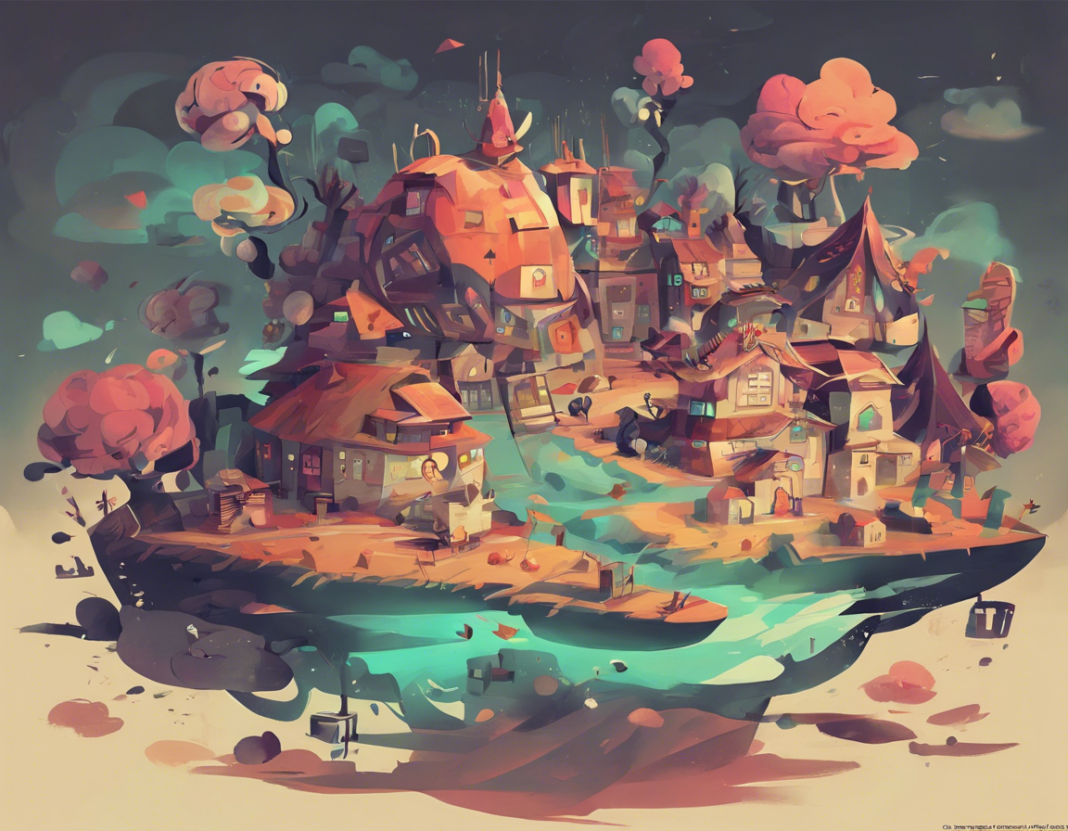Introduction
In the realm of dark fantasies, there exists a niche genre that pushes the boundaries of taboo and controversy – Dolcett stories. Originating from the notorious artwork of a man known by the pseudonym “Dolcett,” these stories delve into themes of extreme violence, torture, and cannibalism. While the subject matter is undoubtedly disturbing and unsettling for many, Dolcett stories have garnered a following among those who are intrigued by the darker aspects of human nature and the exploration of the macabre.
The Origins of Dolcett Stories
The roots of Dolcett stories can be traced back to the fetish art of a talented illustrator who went by the name Dolcett, believed to be a man named W. Lawrence. Dolcett’s artwork often revolved around themes of eroticized death, cannibalism, and butchery, depicting women being prepared as meat for consumption in gruesome and graphic detail. These provocative and shocking illustrations laid the foundation for the development of Dolcett stories, which expanded upon the dark and twisted narratives hinted at in the artwork.
Themes and Elements in Dolcett Stories
Dolcett stories typically feature a range of disturbing themes and taboo subjects, with a focus on extreme violence and gruesome scenarios. Common elements found in Dolcett stories include cannibalism, human butchery, torture, execution, and humiliation. The narratives often depict elaborate fantasies of dominance and submission, exploring the boundaries of pain and pleasure in a context that is both erotic and horrifying.
Exploring the Appeal of Dolcett Stories
The appeal of Dolcett stories lies in their ability to elicit a strong emotional response from readers, tapping into primal fears and desires that are often repressed or taboo. For some enthusiasts, the allure of Dolcett stories stems from the transgressive nature of the content, offering a form of forbidden and thrilling exploration of the darkest corners of the human psyche. The suspension of disbelief allows readers to immerse themselves in a world where moral boundaries are blurred, and taboos are shattered.
Criticism and Controversies Surrounding Dolcett Stories
Unsurprisingly, Dolcett stories have attracted significant criticism and controversy due to their graphic and exploitative depiction of violence and cruelty. Critics argue that the fetishization of extreme forms of harm perpetuates harmful narratives and normalizes violence against vulnerable individuals. The dehumanization of characters in Dolcett stories raises ethical concerns about the treatment of women and minorities in narratives that celebrate their suffering.
The Contrast Between Fantasy and Reality
It is essential to distinguish between fantasy and reality when engaging with Dolcett stories and similar dark fantasies. While these narratives may explore extreme and taboo themes, they are ultimately works of fiction that cater to a specific audience seeking escapism and transgression. The ethical implications of consuming such content should not be overlooked, and consent and boundaries must always be respected in real-world contexts.
The Evolution of Dolcett Stories in Popular Culture
Despite their controversial nature, elements of Dolcett stories and similar dark fantasies have permeated popular culture, influencing literature, film, and art. Mainstream media has explored themes of cannibalism and violence in various forms, sometimes subverting traditional narratives to provoke thought and reflection on social issues. The legacy of Dolcett stories serves as a testament to the enduring fascination with the darker aspects of human nature and the limits of artistic expression.
FAQs
Q: Are Dolcett stories based on real events?
A: No, Dolcett stories are works of fiction that explore extreme and taboo themes in a fantasy setting. They are not based on real events or incidents.
Q: Are Dolcett stories illegal to consume?
A: While Dolcett stories depict graphic and disturbing content, they are not illegal to consume as they fall under the category of fiction and artistic expression. However, certain jurisdictions may have regulations regarding the distribution of such material.
Q: What is the psychological appeal of Dolcett stories?
A: The psychological appeal of Dolcett stories lies in their ability to tap into primal fears and desires, offering a space for readers to explore taboo subjects in a controlled and fictional context. The suspension of disbelief allows for a cathartic release of emotions.
Q: Who is the target audience for Dolcett stories?
A: The target audience for Dolcett stories is typically individuals who are intrigued by dark fantasies, extreme forms of erotica, and taboo themes. These stories cater to those seeking transgressive and boundary-pushing narratives.
Q: How do Dolcett stories reflect societal norms and values?
A: Dolcett stories often subvert societal norms and values by exploring taboo subjects such as cannibalism and extreme violence. They challenge traditional narratives and provoke thought on the boundaries of acceptability in art and literature.









